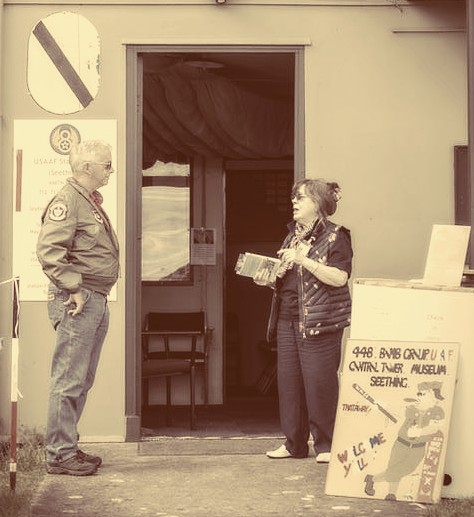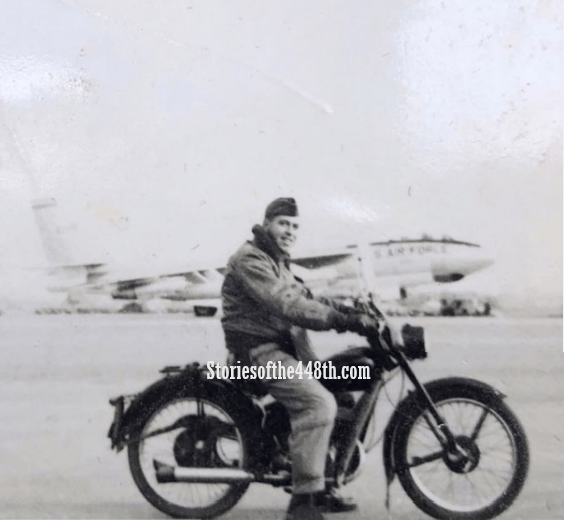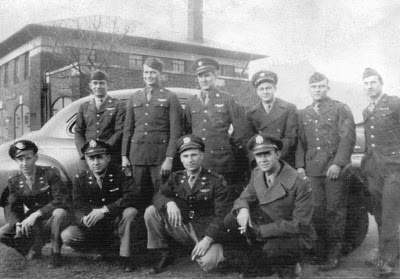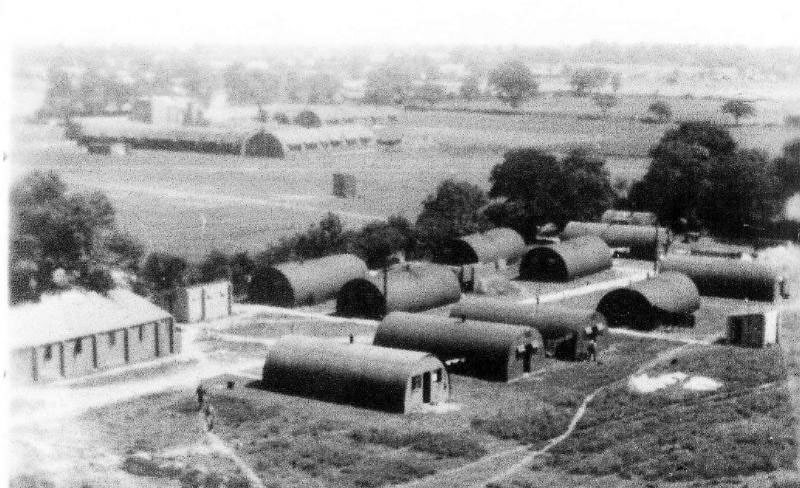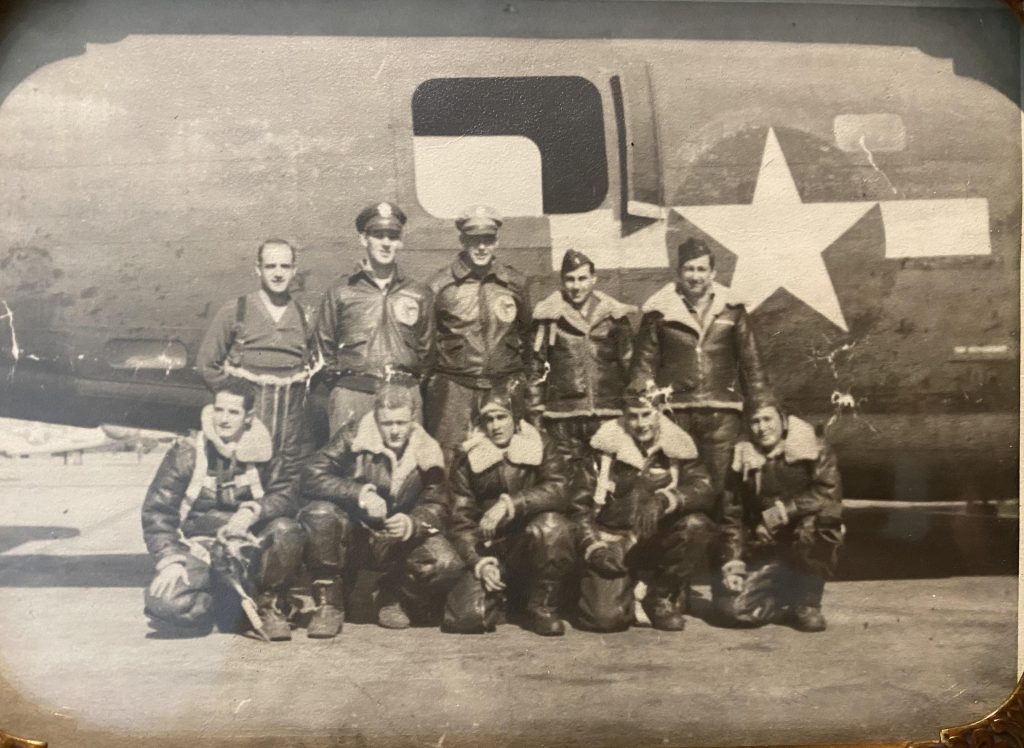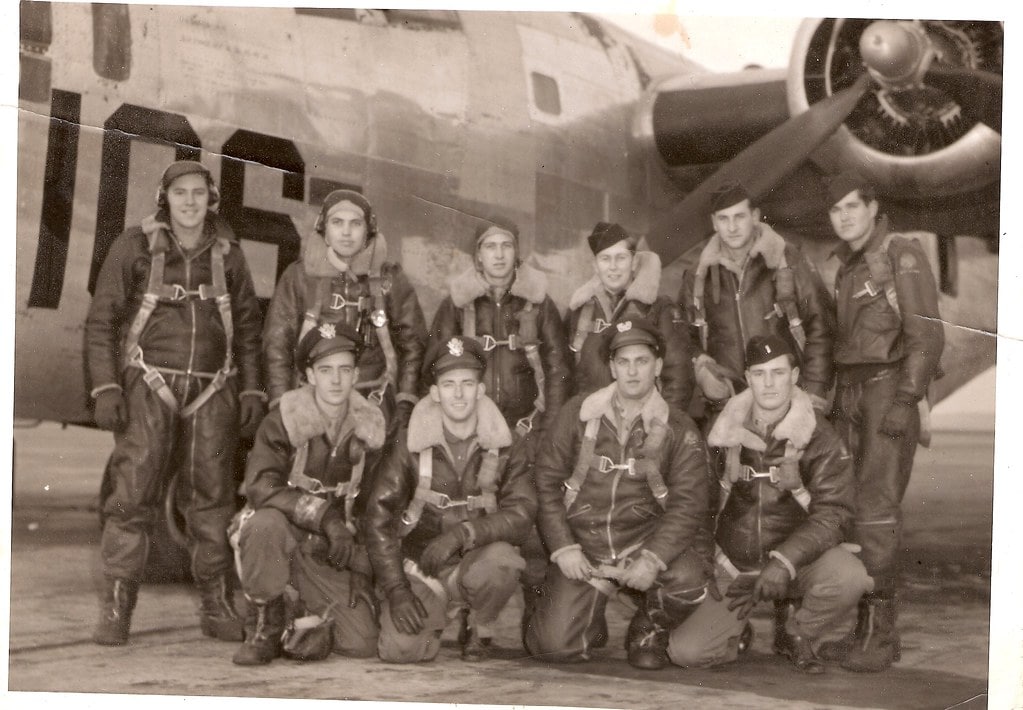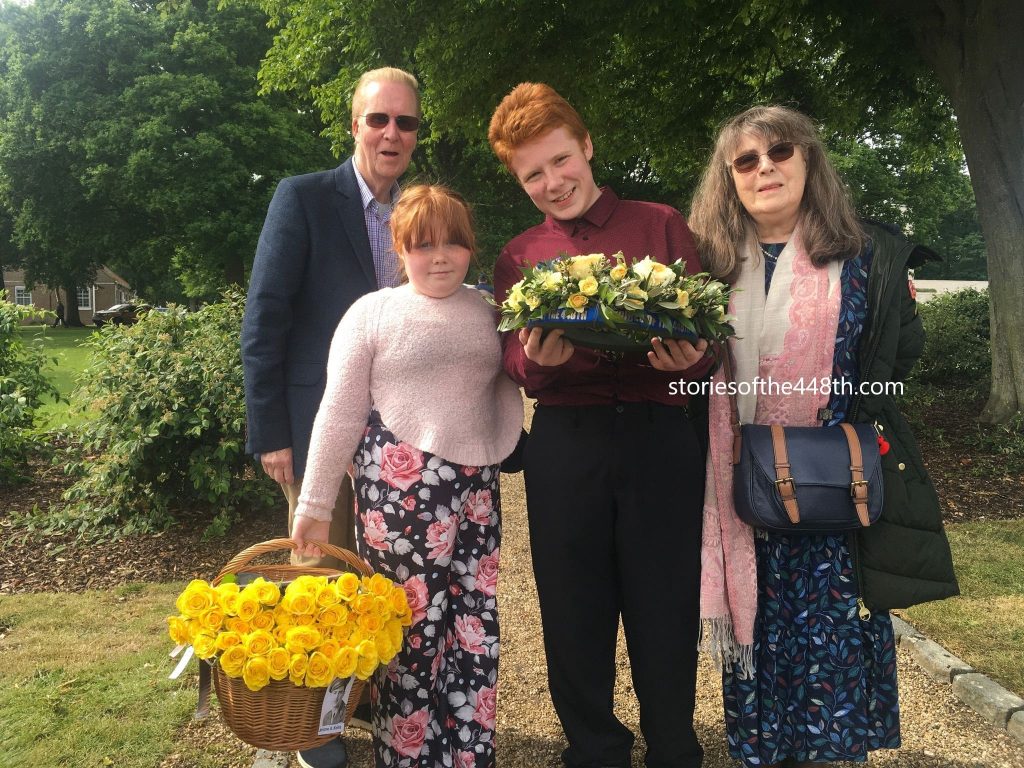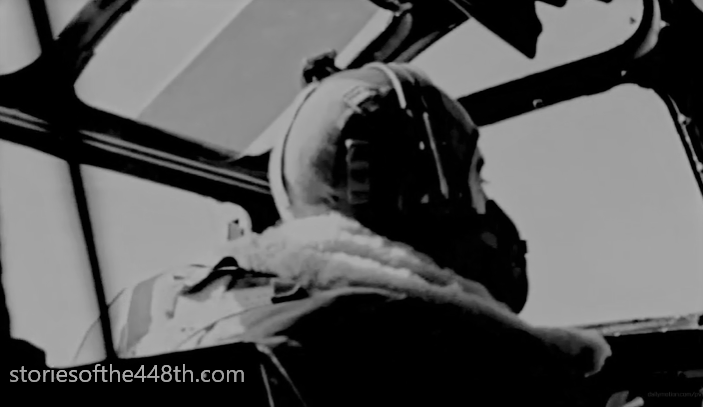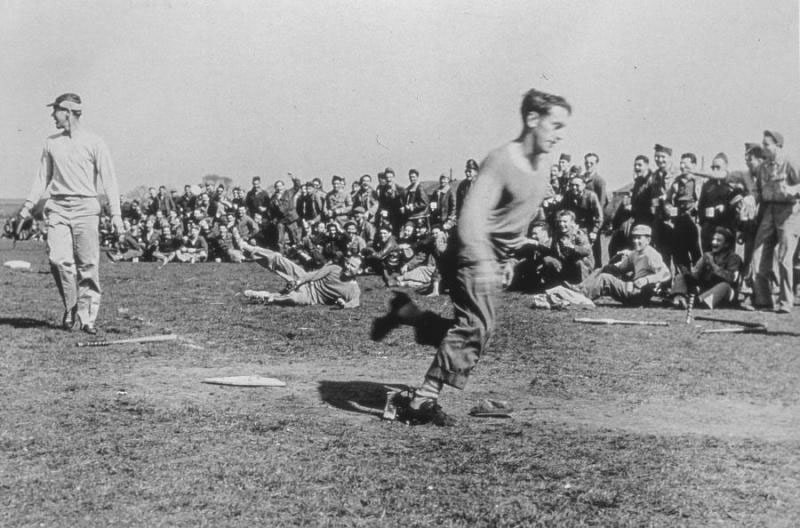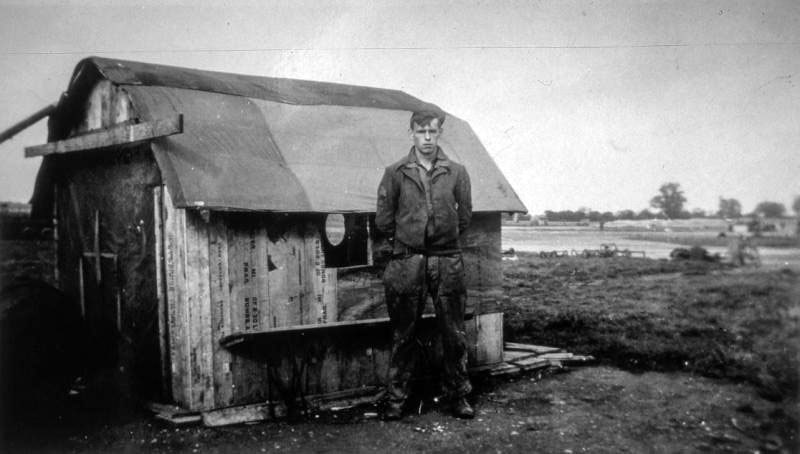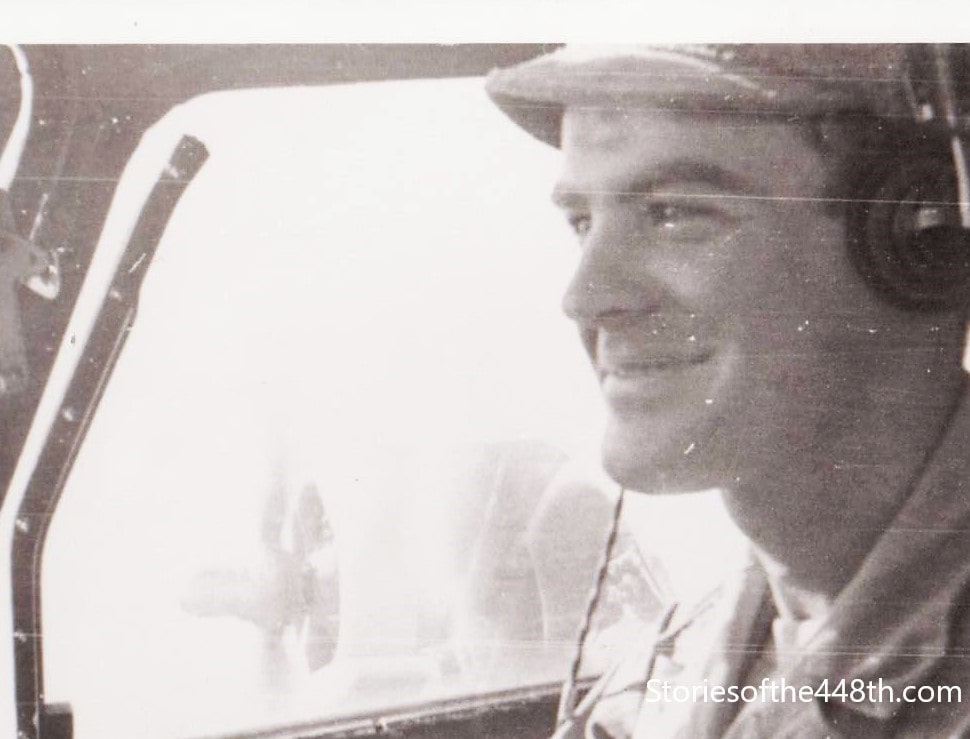seething control tower
Situated near the village of Seething, Norfolk, you will find United States Army Air Force Station 146 - Home of the 448th Bomb Group, 1943-1945. In that time, many hundreds of stories were created by the men and women who were stationed there. Herein you will discover some of those stories.

Bringing History to life
Both my Granddads served their country in the First World War, one in the Royal Engineers and the other initially in the Norfolk Regiment and then in a London Regiment, from where he was seconded on to the staff of General Sir Edmund Allenby. Both sustained injuries through combat, but only one received what they called a ‘Blighty One’, which meant he needed to be shipped back to England.
.
When the Second World War began, they both joined their local Home Guard units. My Dad was ‘called up’ and served as ground crew in the Royal Air Force. He saw service in the North Africa and Italian Campaigns. My Mum served in the Woman’s Auxiliary Air Force (WAAF for short). She was in the Balloon Command and by December 1942, 10,000 men had been released for other duties by approximately 15,700 WAAF barrage balloon operators.
By Autumn 1944 the use of barrage balloons was no longer considered necessary and Balloon Command was disbanded in February 1945. My Mum and her fellow operators all had to re-muster and she ended up working with Spitfires.

Coming together to share their stories
When both my parents were demobbed, they became lifelong members of the Royal British Legion and of the Royal Air Force Association. I tried to count how many Remembrance Day or Battle of Britain Day parades I have attended. As I grew up, I started to asked questions as to why and what they were doing. I started to listen to the stories the veterans were telling, some funny, some sad, and some just naughty! By our parents and grandparents’ example, I came to understand what Remembrance meant to them and then to us.
.
I always remember the long lists of names of those people who had given their lives in the service of our country and wondered who they were, where they lived, and who their families were. It was not until 2019 that I attended a Memorial service at which a lady stood up to speak. As she began, she told of two men who had died in the service of their country and explained a little more about them.
.
Most importantly for me, she gave their backgrounds, and they became real people who had a family, a mum and dad, brothers and sisters who would never see their loved ones again.
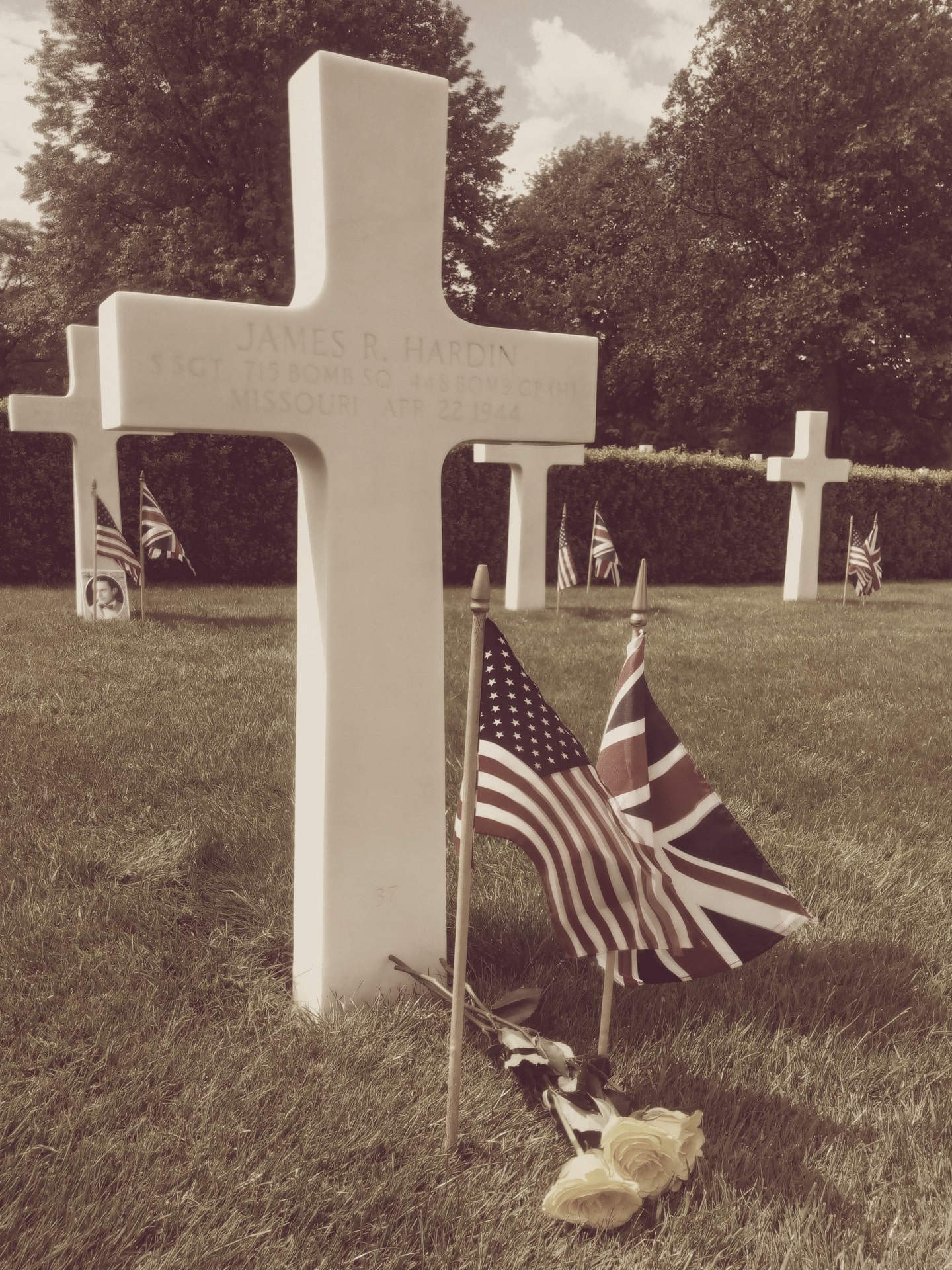
Honoring their sacrifice
Behind every photograph there is a story waiting to be told. A story captured and frozen in a moment of time, whilst encapsulating the emotion and atmosphere of that snapshot of time.
.
Far too often, the stories of our veterans often focus on their bravery and heartache, while little about what shaped their identities and lives beyond the battlefield remains untold. Many were ordinary men before and after their time in war, carrying within them an extraordinary past. Some could not overcome the scars left behind. Yet there were others who excelled in remarkable ways even after serving in the Mighty Eighth.
.
As time continues to separate us from these historical moments, our mission is to safeguard the cherished memories and poignant stories that make up our shared history. In our pursuit of uncovering their stories we will create an ever-evolving online memorial collection that pays tribute to them as new information comes to light.
.
If you are curious about those who served or wish to contribute your own discoveries, please do not hesitate to get in touch with us.



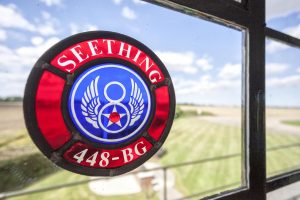





History of the 448th bomb group
The origin of what would become the 448th Bomb Group can be traced to a United States War Department document dated 6th April 1943 which contained a list of Army units that were to be activated. Shortly afterwards orders were written that outlined how the bomb group would be constructed. It stated that the core of its Headquarters and 4 squadrons would be taken from the 29th Bombardment Group based at Gowen Field, Idaho.
.
Following a massive enlargement of its numbers, training and development, the 448th found itself at Wendover Field, Utah where it went through its training for combat. A further move saw the training continue at Sioux City, Iowa. It was here that the 448th transitioned onto the new B24H from the ‘D model. With the arrival of the new aircraft, training became more intense. A final move to combat was not far away.
.
Whilst the aircrews trained hard, the ground echelons were themselves being raised from other Groups or were being created from scratch. It was these ground staff that were quickly headed to the incomplete airfield that was named Station 146 Seething. The sight that greeted the initial 200 enlisted men and 6 officers of the 58th Station Compliment was one of mayhem. The airfield was partially built with incomplete infrastructure and living facilities. They, along with their RAF colleagues, set-to in preparing the airfield as quickly as possible for the arrival of the aviation side.
.
Even though the airfield was not finished the runways were already providing sanctuary for battle damaged aircraft. It is recorded that three fighters, a Mosquito and a Lancaster quickly found safety. A Wellington is also known to have landed here in the early days, crashing into a house at the end of the runway. These early arrivals were a foretaste of things to come, the proximity of the airfield to the coast meant there was a steady stream throughout the next 2 years. A most notable damaged visitor was the B17 “Ye Olde Pub” from Kimbolton.
.
Back stateside, the 448th continued to prepare
for war. The start of November saw them
leave Sioux City and head to the much colder climate of Herrington Field,
Kansas. It was here that final
preparations were quickly made for combat overseas. The aircraft received new life rafts, IFF
equipment, armour, updated radios and many more items. The aircrew themselves were issued new
personal equipment and were subjected to a myriad of paperwork. On the 11th November 1943, as the
United Kingdom observed Armistice day, the first aircraft of the 448th
departed Herrington to head off along the assigned route to England. These heavily overloaded aircraft routed via
Morrison Field, Florida to Marrakech, Morocco then up to St Mawgan,
Cornwall. The stories of how the
aircraft got to England are many and worth several volumes. But
they slowly arrived and were soon on the final leg to Seething and home.
.
Meanwhile the ground echelon were on their way, in less
glamorous fashion. These men were moved
on a military train via Chicago, Illinois to Camp Shanks in Orangeburg, Buffalo County, New York . On 23rd November they were finally on the “Queen
Elizabeth” and leaving the Statue Of Liberty behind them. Next stop was Greenock, Scotland, 6 days sail
away. Because of the high speed of the
“Queen Elizabeth” it sailed alone, which must have been very unnerving to all
those on board. After they disembarked it
was onto more trains and the long tedious trail to Ditchingham where they
transferred onto trucks for the three mile drive to their new home. It was 1st December 1943.
.
With the arrival of both the aircraft and ground personnel at the same time Station 146 and the 448th Bombardment Group were here for the duration. Many people would see service here and thousands of stories would be created. The lives of those who lived in and around the airfield would never be the same. Station 146 is intrinsically linked to a good many locations in South Norfolk and we aim to seek out those remaining stories and bring them to the scholar, history buff or family that wants to know more about their past.
To read the full history of the 448th Bomb Group click below.
About Us
We are a three-generation family that shares a deep love and enthusiasm for aviation history. Ann and Peter, our dedicated historical researchers, have contributed to numerous publications over the years and hold a wealth of knowledge.
Raised in an environment where aviation was always a topic of interest, James was captivated by Seething Control Tower after witnessing the B24 Liberator, "Diamond Lil", touch down in Norwich in 1992. Since then our family became actively involved with Seething Control Tower. James served as Chairman twice; once in 2002 until 2012 and then he was asked to serve as Chairman again at the start of 2019 after the Tower had lost their membership secretary Jim Turner. Grasping the enormous task we went to work to restart the many facets of a museum; namely the membership, the newsletter in the form of the Seething Digest and plenty of events to let the locals know that Seething Control Tower was here. Such events included a Vintage Craft Fayre, a Baseball taster day, Outdoor Cinema Nights and even a children’s Easter event. However in 2020 the whole world came to a standstill as Covid hit us. Despite being classed as essential workers and having to work even more hours, we continued to look after the Tower. Over this period many more people contacted us in regards to personnel who served at Seething and we found ourselves helping them with their research. When the time came that museums were able to open under strict conditions, we were able to navigate the huge amount of rules, and opened the Tower. In doing so our experience was used to enable other small museums to open up to the public. As you can imagine, Seething Control Tower holds a special place in our hearts.
In July 2021 when the world was finally opened again, we made the heartfelt decision to step away from the museum and channel our passion into uncovering the untold stories of those who served at and around Seething Airfield. Thus, we established the independent research group called Stories of the 448th. To this day, we have helped numerous families in discovering information about their loved ones and have supported other groups with their research efforts.
We neither charge for our services nor receive any funding from other organisations. Our driving force is pure passion and the belief that future generations should have a profound understanding of World War II as well as the personal and social histories of those involved.
Surrounded by a supportive network of family and friends who share our enthusiasm, we are committed to ensuring that these incredible stories are told so that memories remain alive and the sacrifices made are never forgotten.
To explore some of the remarkable stories we have unearthed thus far, click below.
